AMD's K6-2+ in Notebooks - Evaluating Performance with PowerNow
by Anand Lal Shimpi on September 12, 2000 7:06 PM EST- Posted in
- Laptops
VIA really meant mobile
If you remember back a couple of years back to when the Super7 platform came about, you'll recall that all of VIA's Super7 chipsets were called 'Mobile' chipsets. Their first Super7 chipset was called the MVP3, or Mobile VP3. The successor to the MVP3, the MVP4 also carried the Mobile prefix. However for the first time since we ever set our hands on a MVPx board we finally have a mobile platform that makes use of VIA's Mobile VP4 chipset.
The MVP4 chipset is ideal for the mobile market because of its highly integrated nature. The North Bridge features an integrated Trident Blade 3D AGP core which offers 3D performance around the level of the now long forgotten i740 graphics accelerator. As far as 2D performance goes, the Blade 3D is around 20 - 30% slower than most Matrox and NVIDIA graphics accelerators.
The test platform also made use of the VIA 686A South Bridge that we're all probably familiar with from seeing all of the Apollo Pro 133A, KX133 and KT133 based motherboards use the same South Bridge.
The Test Platform
The notebook we used to conduct our tests on was a Hewlett Packard Pavilion N3370 notebook. The unit features a K6-2+ 550, 64MB of PC100 SDRAM and an IBM Travelstar 6GB 4200RPM hard drive.
The notebook itself was far from impressive. The unit was quite bulky, the mouse buttons were very stiff and would not allow for easy tapping, and neither the floppy nor the DVD drives were removable. Also, when the DVD drive would spin up the unit would vibrate considerably, not a sign of good design quality at all.
As far as stability goes, even after performing a clean install of Windows there were quite a few times when the unit would crash during extended usage periods. Not to mention that the heat generated by the CPU was definitely noticeable, and the CPU fan was very loud.
Instead of exhausting the hot air to the side as is the case with most Pentium III notebooks (because of the way the Mobile Pentium III Module is designed this is pretty simple to do), the air is brought in through the bottom of the notebook and exhausted through the top where the keyboard is. The problem with this type of a design is that if the notebook is resting flat on carpet or another surface where there's little if any room at all for the fan to get cool air from the CPU is definitely going to have problems being cooled.
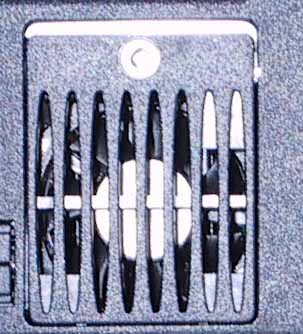
Intake on the Bottom of the laptop

Intake fan removed exposing the processor's heatsink

Exhaust on the Top of the laptop
Hopefully the upcoming mobile Athlon parts will have a cartridge system more like Intel's Mobile Pentium III that will make cooling much easier.
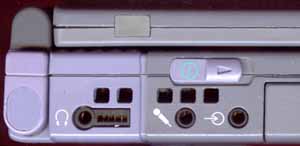
Fan on a Pentium II notebook, note the side location
We'll save the full critique of the laptop for another day, for now our main concern was the performance of the K6-2+ and the effects of PowerNow! on performance as well as battery life.
There are other laptops that make use of the K6-2+ and PowerNow!, those include units manufactured by Compaq, Fujitsu and NEC in addition to HP.


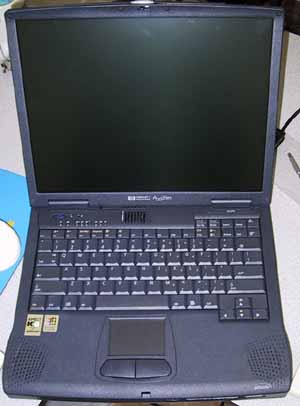
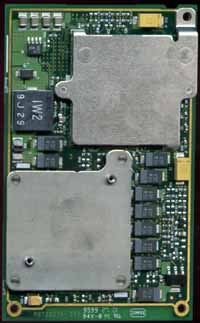
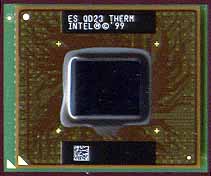








1 Comments
View All Comments
Dr AB - Saturday, May 9, 2020 - link
PowerNow! - a very clever idea back then to dynamically adjust cpu freq & VID output. The same idea still exists in today's day and age. No wonder where did intel took the inspiration from.